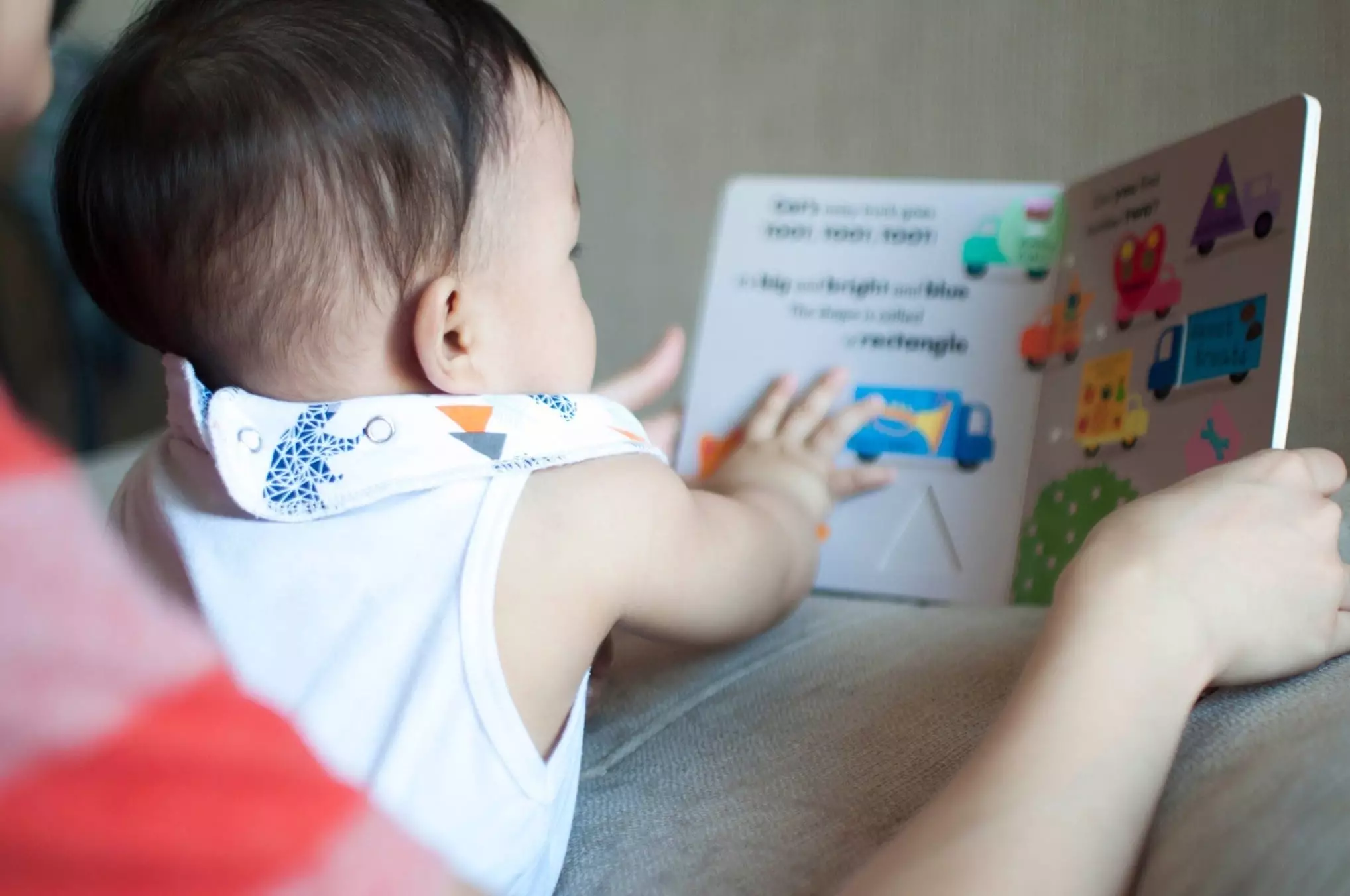Reading to children is a cherished ritual for many parents, but it can become a monotonous chore if the same stories are revisited repeatedly. While it’s essential for children’s cognitive development to hear stories multiple times, how can parents keep the energy alive and engagement high during storytime? Here are various strategies designed to rejuvenate this important bonding experience while promoting a love for literature in your little ones.
Engagement starts with choice. By presenting your child with multiple book options, you give them a stake in the reading process. Start each session by selecting a small pile of books—perhaps five or six—and place them in front of your child. Instead of simply choosing for them, ask your child which book they would like to explore. This involvement not only cultivates decision-making skills but also reinforces the idea that reading is a personal and interactive experience. If they hesitate, gently guide them by observing where their gaze lands, ultimately allowing them to feel part of the selection process. This simple act opens the door for them to begin developing preferences and recognizing their autonomy.
Young children learn best through their senses, so why not incorporate touch into your reading sessions? Allow your child to handle books, feel the textures, and flip through pages. By doing so, you are not just engaging them physically; you are also helping them develop crucial pre-literacy skills. These skills include understanding that books are meant to be opened, reinforcing left-to-right reading mechanics, and appreciating the visual layout of text. This tactile engagement is essential as children discover the physical world through exploration. You can enhance this experience by offering sensory stimuli related to the story—like soft toys or props that correspond to the characters or themes in the books.
Integrating music into storytime can transform the experience, making it lively and unforgettable. Children respond positively to rhythm and melody; thus, singing lyrics related to the stories being read can facilitate better retention of words and concepts. For instance, if your child is absorbed in a tale that references a familiar nursery rhyme, such as “Ring Around the Rosie,” singing it can add a fun layer. Crafting simple, silly songs to accompany the text—like a tune for “The Very Hungry Caterpillar”—not only keeps your child engaged but also makes the reading memorable. Adding movements can further underscore the story’s rhythm, enriching the entire interaction.
Bring characters to life through voice acting. Embodying different characters with distinct voices can elevate your storytelling. If you are reading “Goldilocks and the Three Bears,” infuse humor and imagination into your portrayal of the bears or Goldilocks herself. This playful expression adds an element of drama and makes the characters relatable and engaging. Children are often more enthusiastic about listening when they can anticipate the funny voices or quirky accents you might use. Not only does this foster companionship, but it reinforces comprehension by distinguishing characters and emotions throughout the story.
Enhancing reading with real-world connections provides children with tangible associations to concepts presented in the stories. For example, if you are reading a book featuring food, offer your child similar snacks to taste and explore while reading. “Little Pea” or “Peanut Butter and Cupcake” could have corresponding food items nearby, allowing for hands-on engagement. This not only makes the reading experience wholesome but also stimulates discussions around colors, textures, and flavors, creating a deeper comprehension of the story’s content. By linking reading to their immediate environment, parents can deepen a child’s understanding and curiosity about the world around them.
Storytime is traditionally associated with bedtime, but it isn’t confined to this routine. Taking storytime out of the bedroom and into varied environments—like the backyard, a picnic, or even during a car ride—can bring fresh energy to the activity. Changing locations can lead to new associations and insights about the stories coupled with exploration of different spaces. Allowing for spontaneity will shift the dynamics of your reading sessions—encouraging an open-minded and exploratory attitude toward literature. By embracing flexibility, you’re demonstrating that stories can be woven into the fabric of daily life.
Transforming storytime from a tedious routine into an exciting learning experience requires creativity and engagement. Whether it’s involving your child in selecting a story, incorporating music, acting out characters, connecting readings to real life, or changing the environment, there are innumerable ways to make reading exhilarating and meaningful. By reimagining storytime, you pave the way for your child’s love of literature to flourish as they grow.

